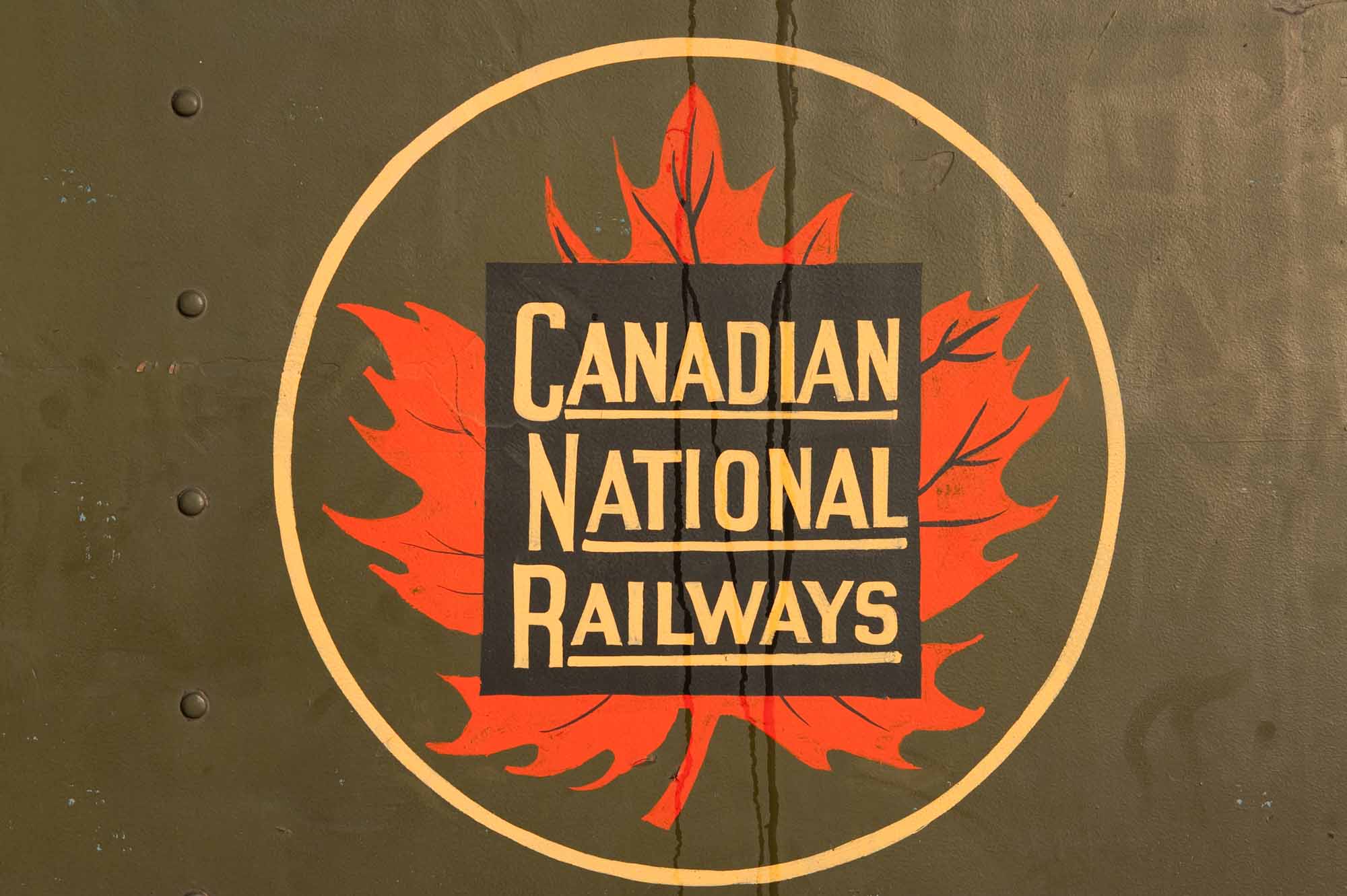Prince George, British Columbia, incorporated as a city in 1915, population 76,708 (2021 census), 74,003 (2016 census). Prince George is the largest city in the northern part of the province. It is situated in the geographical centre of British Columbia at the junction of the Nechako and Fraser rivers. Prince George was founded on the traditional territory of the Lheidli T'enneh, a sub-group of the Dakelh or Carrier Dene. The Dakelh aided Alexander Mackenzie on his journey to the Pacific coast in 1793.
History
Explorer Simon Fraser called the region New Caledonia when the North West Company began fur trading there in 1805. In 1807, Fraser established Fort George trading post, named after King George III, at the intersection of the Nechako and Fraser rivers. From 1814 until the 1860s, Fort George was on a fur trade route connecting Stuart Lake in the north to the forts in the south. It remained outside the area settled during the Cariboo Gold Rush, though the main party of the Overlanders, led by Robert B. McMicking, passed the fort in 1862 on their way down the Fraser to the goldfields. Fort George closed in 1915.
Settlement and Development
Settlement in the region was slow until the land boom (1908-14) during the construction of the Grand Trunk Pacific Railway. For several years, three neighbouring townsites competed for dominance, with the railway townsite eventually winning out. The town's name was changed to Prince George following a referendum held during the first civic election (1915). This time “George” referred to a former Duke of Kent.
Growth of the city was slow until after the Second World War, when a booming forest industry brought prosperity and rapid growth, along with many newcomers from the prairies. Between 1961 and 1981, Prince George grew from a rough mill town to the major manufacturing, supply, government and education centre for north-central British Columbia.
Economy
Historically, Prince George’s economy was driven by the forestry industry. Today, however, the city has a diversified economic base. The industries employing the most residents are healthcare and social assistance, retail, accommodation and food services, manufacturing, and construction.
Transportation
In addition to its continued role as a regional trade, administrative and education centre, Prince George is a regional transportation hub. There are large railway yards and locomotive repair shops to service grain, coal and lumber trains to the coast. The city is the divisional headquarters for Canadian National Railways (CN) and serves as the main operations hub for northern British Columbia. CN also operates a VIA Rail passenger service out of Prince George. The city is a major highway junction and the airport is served by major national airlines as well as other smaller airlines serving regional and smaller centres.
Culture
Prince George’s cultural, athletic and educational facilities include a public art gallery, civic and convention centre, regional museum, symphony orchestra and performing arts theatre. Its multipurpose arena is home to the Prince George Cougars, a Western Hockey League team. Post-secondary institutions include the College of New Caledonia and University of Northern British Columbia. Prince George is also a centre for sportfishing and moose hunting. Four provincial parks in the region provide downhill, cross-country and heli-skiing.

 Share on Facebook
Share on Facebook Share on X
Share on X Share by Email
Share by Email Share on Google Classroom
Share on Google Classroom



